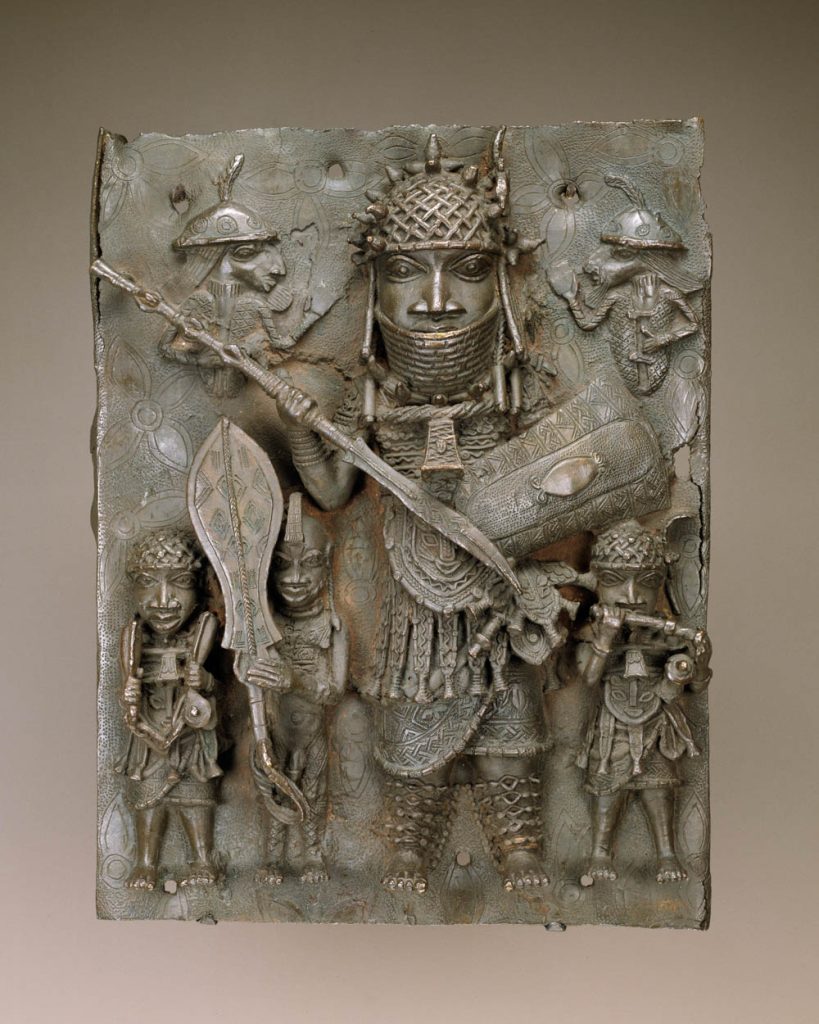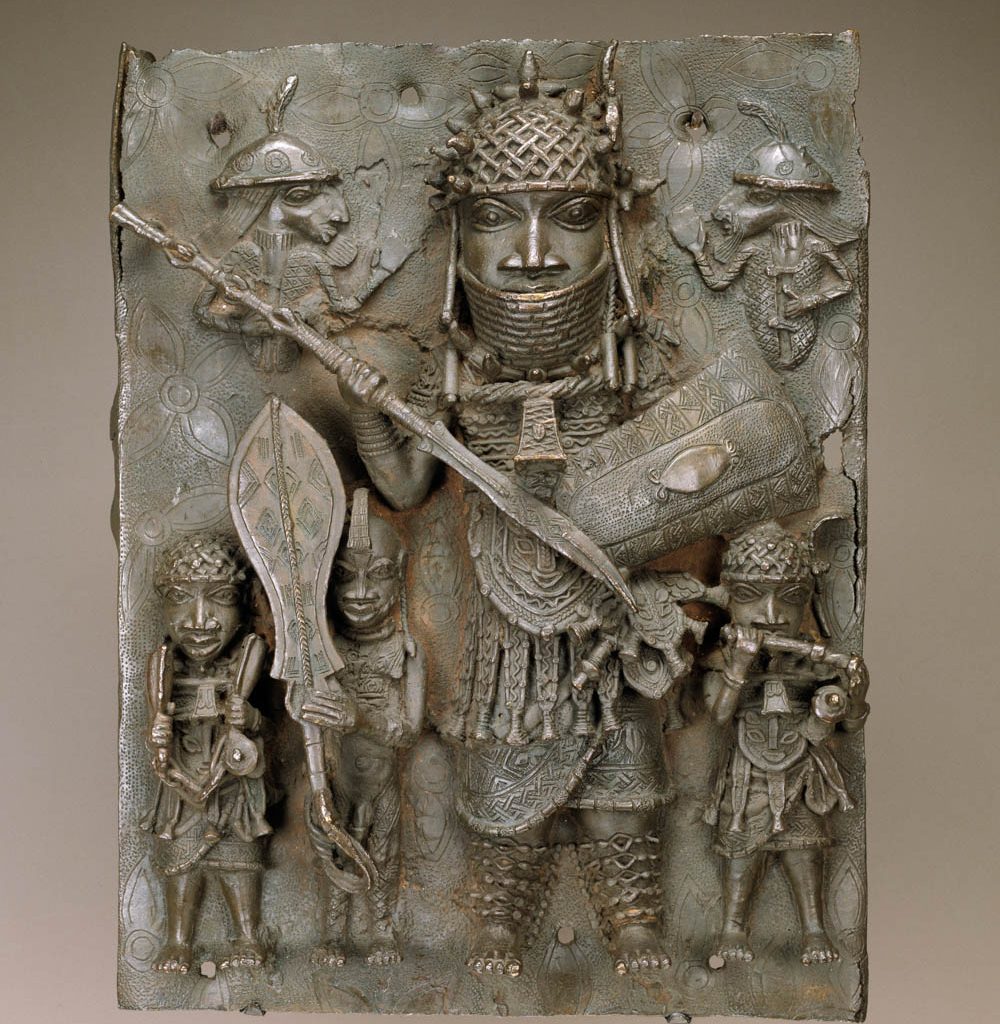Ancient Benin, correctly known as Edo, holds a treasure trove of marvels that extend far beyond its renowned “Benin Bronze” artifacts. While these exquisite creations have captured the world’s imagination, the sophisticated brass and bronze casting technology employed to craft them is just one facet of the city’s technological innovation. Edo was, in fact, a center of scientific knowledge and technological advancement, and it’s high time we recognize it as such.
Benin Bronzes: More than Artistic Treasures
The exquisite Benin Bronzes are celebrated globally for their artistic and religious significance. However, their role as technological products often remains overshadowed. These works of art were meticulously crafted using the lost-wax casting technique, showcasing the Edo people’s profound knowledge of metalworking and pottery. Their skill and specialization in this craft demonstrate that Benin was a hub of technological innovation.
The Missing Recognition of Scientific and Technological Achievements
Surprisingly, scientific and technological principles or practices from Edo’s rich history are often overlooked in historical literature. They are often categorized as traditional or indigenous knowledge, dismissed by Western scholars as non-scientific. However, this perception is changing, thanks to the efforts of individuals like archaeologist George Nicholas, who emphasize that Indigenous knowledge includes scientific methods and sometimes goes beyond the bounds of Western understanding.
The Need for Further Research
To fully appreciate Edo’s scientific practices and technological innovations, additional research is essential. It’s unlikely that bronze casting technology was the only advanced technology to emerge from Edo society. Edo’s rich oral traditions, traditional practices, beliefs, cuisine, and other cultural heritage, when examined alongside historical records, may reveal obscured scientific knowledge and technological innovations.
Exploring Edo’s Scientific and Technological Heritage
Let’s delve into some examples that shed light on the scientific and technological prowess of the Edo people:
- Bronze Casting: Edo’s mastery of bronze casting is well-documented. Their use of the lost-wax technique was distinct from neighboring regions like Ife, Nupe, and Igbo Ukwu, showcasing their unique expertise in this field.
- Metal Preservation: Edo people developed methods to preserve copper and brass alloys, preventing them from rusting due to atmospheric oxidation. They employed lime, ashes, sand, and palm kernel oil to clean, polish, and maintain these precious metals.
- Polished Stone Axes: Edo’s sacred polished stone axes, known as “Ughavan,” date back to the Neolithic period. This advancement from chipped stone tools to polished stone axes represents a significant technological leap.
- Earthworks (Iyala): The construction of extensive earthwork systems known as Iyala, which spanned over 16,000 km and connected more than 500 villages, highlights the Edo people’s use of iron tools for construction.
- Wall Building: Edo’s use of red soil (Ulakpa) mixed with palm oil for constructing walls, making them resistant to erosion, showcases their innovative building techniques.
- Water Collection and Storage: Edo and Esan people’s architectural designs incorporated water collection and storage facilities within their houses, utilizing rainwater for their needs.
- Nailed Wooden Shingles: The use of nailed wooden shingles for roofing, as depicted in Edo brass artifacts, was an advancement in roofing technology.
- Street Lighting: Edo’s use of huge iron lamps, fueled by palm oil, for street lighting demonstrates their mastery in metalwork and lighting technology.
- Door Locks: Edo’s unique door locking mechanism using wire-like keys and strategically designed keyholes showcases their engineering ingenuity.
- Cloth Production: The production of high-quality cloth from Ishan cotton and the use of natural dyes reflect their textile and dyeing technology.
- Soap Making: Edo’s production of high-quality soap from palm oil and other natural ingredients is a testament to their chemical knowledge.
Conclusion
The history of Edo’s science and technology is a story that deserves wider recognition. By uncovering and celebrating these achievements, we can dispel the notion that sub-Saharan Africa made no contributions to global scientific and technological progress. The Edo people’s legacy is not just limited to artistic treasures like the Benin Bronzes; it extends to their significant scientific and technological advancements, which continue to inspire and captivate the world. As we explore these hidden marvels, we enrich our understanding of human ingenuity and cultural heritage.












